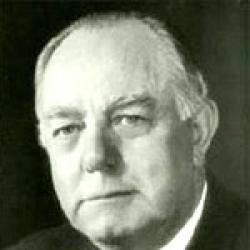
Published date
13 August 1976
The South African government under leadership of Prime Minister John Vorster pledged support for the United States of America's (USA) efforts to bring about a negotiated settlement in Rhodesia (now Zimbabwe). Vorster realised that Rhodesia had no hope of winning the war against the liberation movements, especially after Portugal's withdrawal from Mozambique and Angola. The Rhodesian government, led by Prime Minister Ian Smith, was engaged in a civil war with the ZANU PF liberation movement.
The move by South Africa to support the negotiated settlement was influenced by Vorster's detente (easing of strained relations) and dialogue (holding talks) policies, aimed at improving South African foreign relations with Black independent states in Africa. He hoped that a negotiated settlement would result in a moderate Black government taking over from Smith's White government. Such a moderate government would not support Umkhonto we Sizwe, the armed wing of the African National Congress. Vorster feared that without a negotiated settlement, the ZANU PF would finally take over in Rhodesia and South Africa would find it impossible to protect its borders. The support of the USA initiative was Vorster's second effort to mediate. He first began to campaign actively for peace in Rhodesia towards the end of 1974 and succeeded, with the help of President Kenneth Kaunda of Zambia, in arranging a meeting of the two warring parties on the bridge at the Victoria Falls, however, the two parties clashed from the outset and the conference was a total failure.
References
Davenport, T. R. H. (1991). South Africa: A Modern History. Johanessburg: Macmillan.|Liebenberg, B.J. & Spies, S.B. (eds)(1993). South Africa in the 20th Century, Pretoria: Van Schaik Academic, pp. 428, 444 & 445.|The Star, 13 August 2003, Milestones.